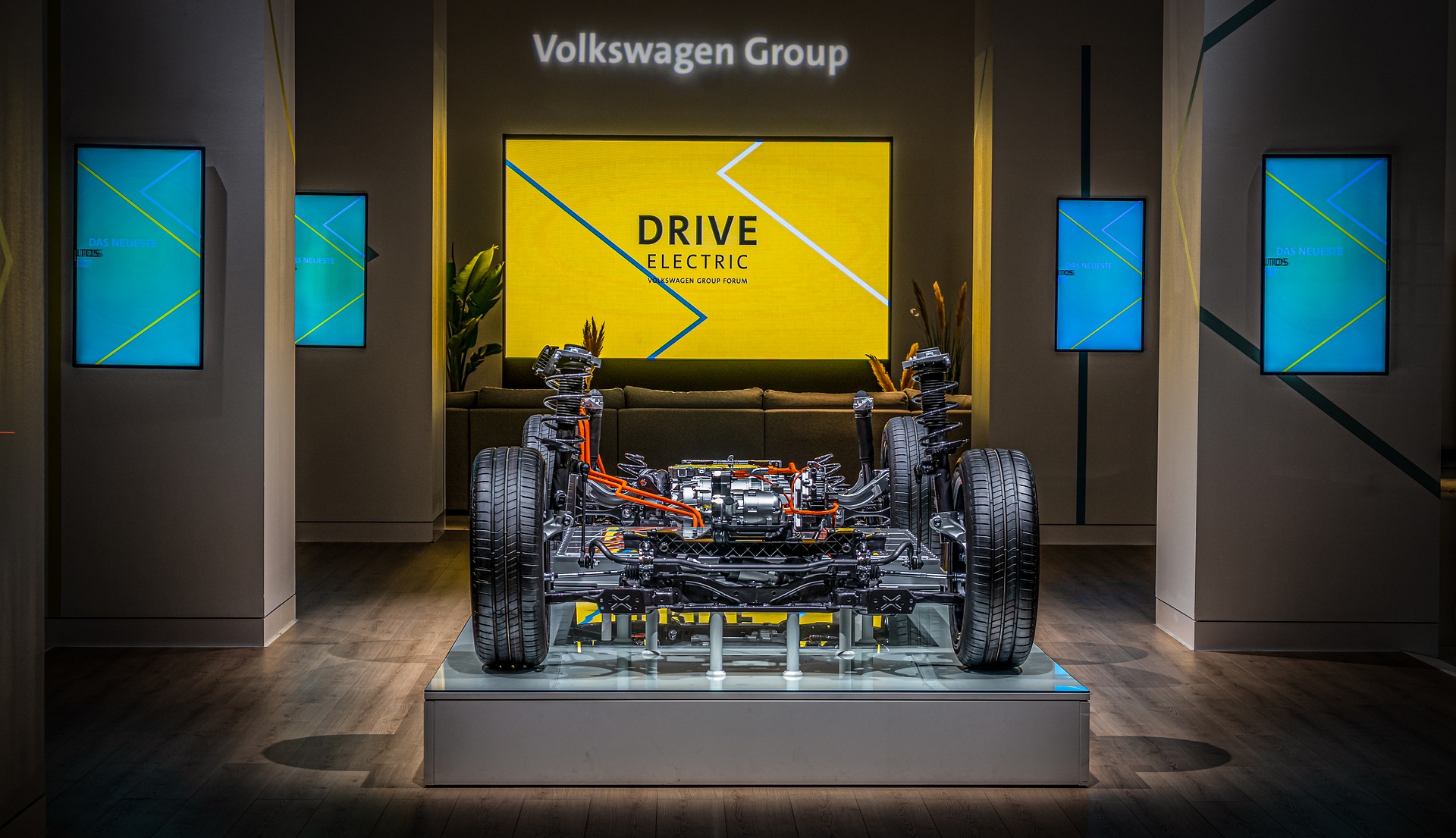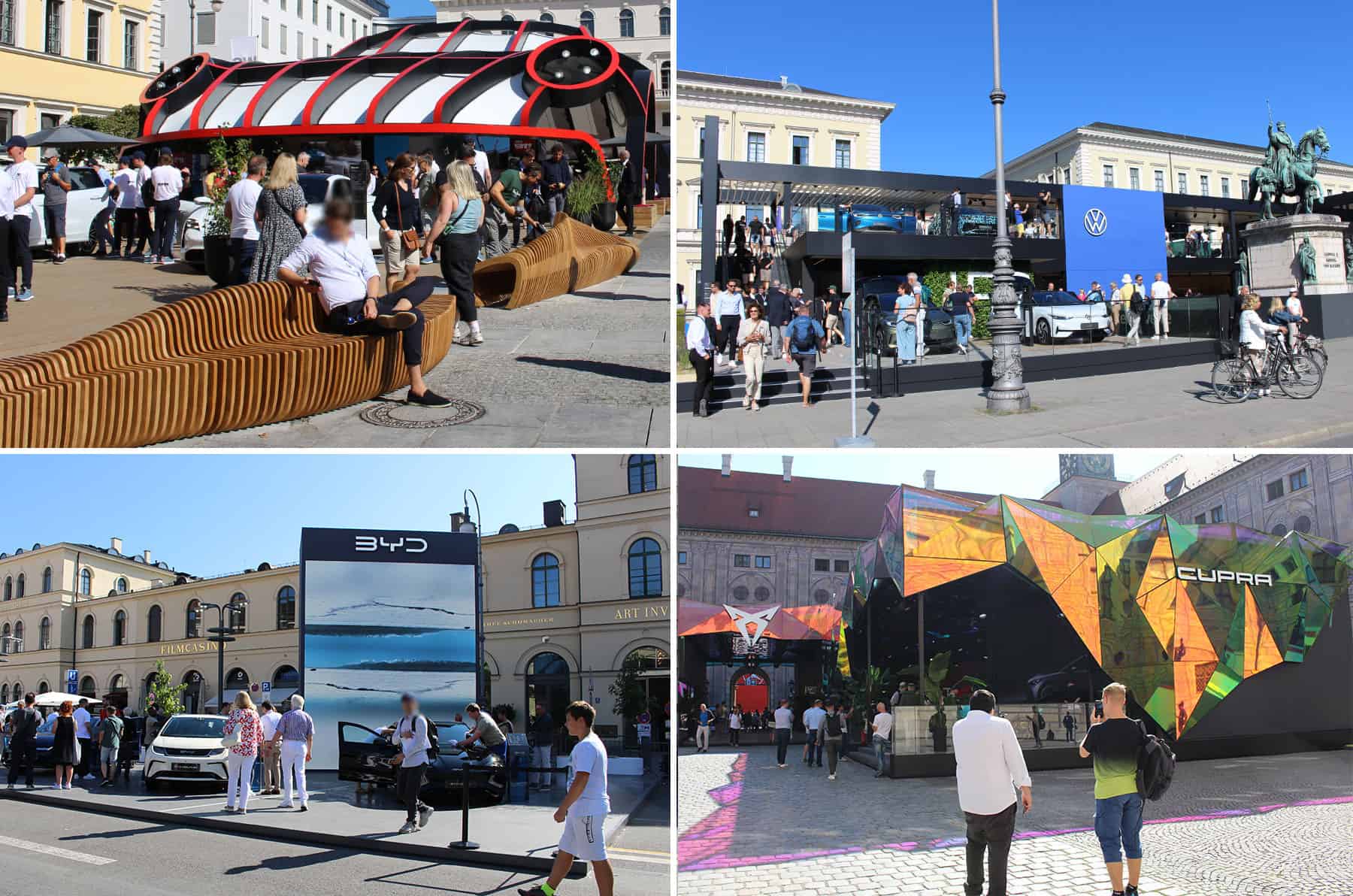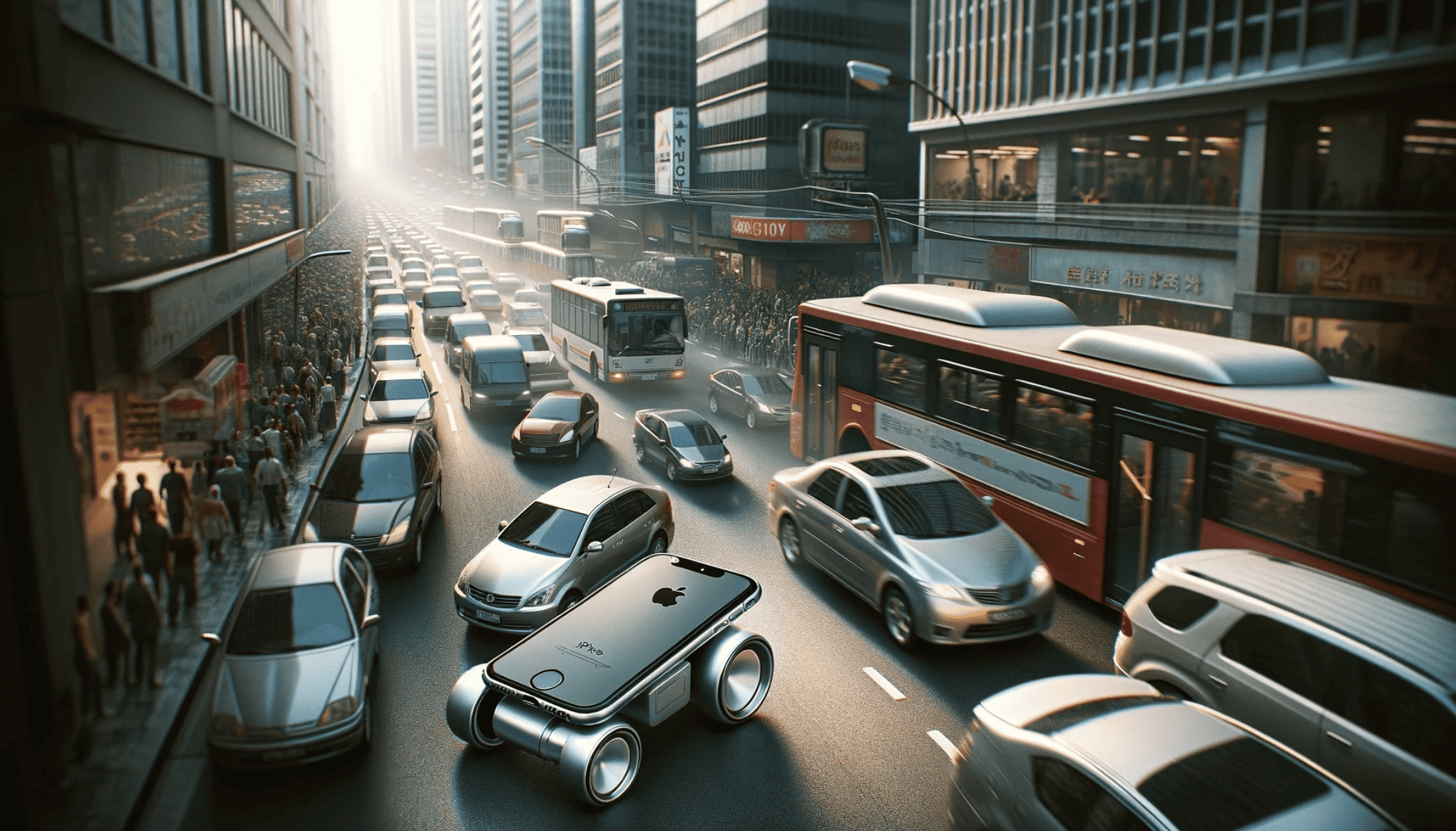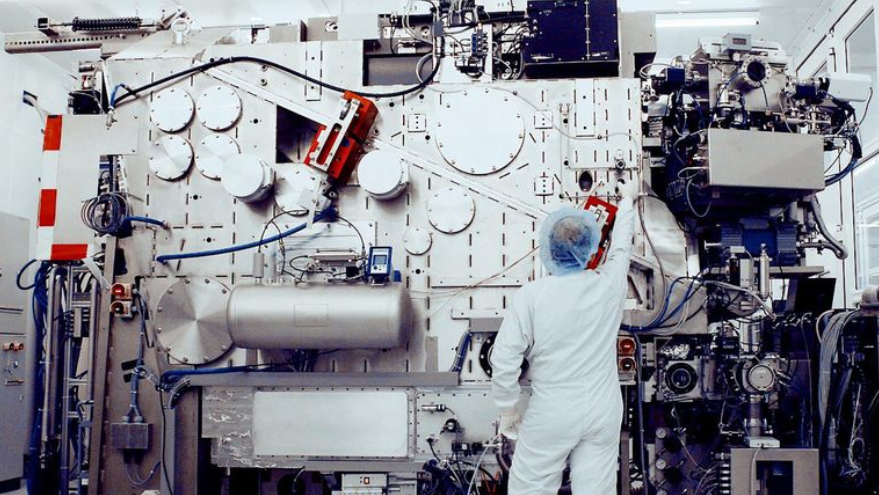
The last several weeks have once again been very exciting. The October vehicle registration figures trickled in. At the same time, the OEMs published their quarterly figures.
The short version.
Car sales of internal combustion vehicles are declining, sales of BEVs (battery vehicles) are increasing and OEM profits are rising.
The long version.
It’s not quite that simple. But the explanation makes sense. The chip and supply crisis has had a lasting impact on the German automotive industry – especially in terms of unit sales. Audi, BMW, Daimler and VW have sold far fewer vehicles, largely due to a shortage of semiconductors to complete the ones that had already been partially manufactured. These are currently either sitting in stockpiles waiting for missing parts, have been delivered incomplete to customers or are simply not being finished at all.
Workers whose shifts were reduced to part-time (financed by the state) are absorbing the reduced output. So much for the status quo.
Those who were worried that their shares would be worthless because of the situation have been proven wrong. Profits at almost all German OEMs are well up on the previous year.
According to Prof. Stefan Bratzel of CAM, “In Germany alone, car production up to the end of October 2021 is 36 percent below the pre-pandemic year of 2019. At the same time, manufacturers have been able to push through high prices for their new and used cars, leading in some cases to double-digit returns. In terms of profits, 2021 will go down in the annals of the automotive industry as the best year yet.”
BMW even leads the EBIT margin according to calculations by CAM (Center of Automotive Management) and just announced a record profit completely removed from reality. That’s not surprising since they focus on expensive luxury vehicles. Those have a bigger margin anyway, which explains the supposed “schizophrenic situation” in the best possible way.
What are the further implications?
The other effects also sound as if they are totally out of step with reality. The used car market, previously a problem child, has picked up steam because of the lack of new cars. On the one hand, good for sellers; on the other hand, bad for the environment.
The supply shortage is also causing problems with the growth rates for electric vehicles. These require a particularly large number of semiconductors because, for example, no battery management system in the world runs without sophisticated computer support, not to mention advanced ADAS capabilities. This means that the supply of new electric cars is becoming increasingly scarce. Waiting times are getting longer. The expiration of subsidies next year will create even more problems: it is by no means certain that cars on order will receive the expected subsidies at the time of delivery. That is because they can only be applied for when the vehicle is actually received and registered.
In other words, the price advantage, or price parity, between the internal combustion engine and the electric vehicle will be jeopardized in the future because real prices will once again come into focus. This could put a massive damper on the continued growth of electromobility.
China is in the starting blocks
And then there are the Chinese (electric) carmakers, who are gearing up to attack the premium bulwark of Germany and Europe. The BYDs, XPENGs, NIOs and ‘GEELYs from the Middle Kingdom have three advantages that are giving the Germans a hard time: Semiconductors are manufactured in China, production costs for the vehicles are lower and the digital competence of the Chinese manufacturers has long since surpassed that of the Germans.
It may therefore turn out that the current profits of German OEMs are not sustainable. Schizophrenic times.
Read Bernd Maier-Leppla’s other columns here.
About this column:
In a weekly column, alternately written by Bert Overlack, Eveline van Zeeland, Eugene Franken, Helen Kardan, Katleen Gabriels, Carina Weijma, Bernd Maier-Leppla and Colinda de Beer, Innovation Origins tries to figure out what the future will look like. These columnists, sometimes joined by guest bloggers, are all working in their own way to find solutions to the problems of our time. So tomorrow will be good. Here are all the previous articles.








